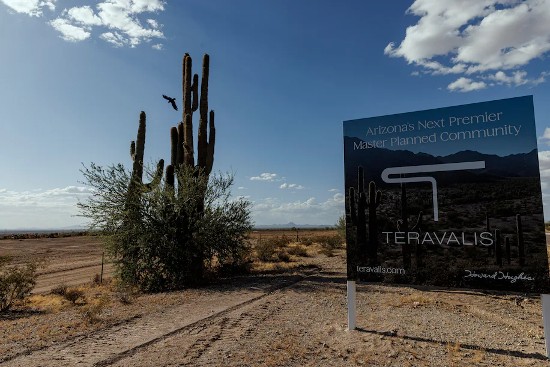Yesterday, I wrote about the smoke from forest fires which this year are happening earlier and more extensively than we have ever seen before. True to form, the Premier of Ontario, Doug Ford, attributed the outbreaks to campfires and lightning strikes, denying climate change has anything to do with the current wildfire crisis. His Minister of Natural Resources and Forestry, on the other hand, acknowledged that “climate change is real and happening.”
Another headline spoke to the growing water crisis in the U.S. Southwest. This one stated that Phoenix cannot support the fact that like Las Vegas and other cities in the region, it is facing growing freshwater scarcity. A report from the Arizona Department of Water Resources stated that the metropolitan area with 4.6 million residents will not have enough groundwater reserves to meet demand as the century unfolds.
From where does Phoenix get fresh water? Most of it comes by canal and pipeline from three river sources, the Salt, Verde, and Colorado Rivers. Groundwater makes up the rest and is accessed by drilling wells. The report notes freshwater limits will lead to “unmet demand.” As a result, the metropolitan area will be living on borrowed time.
Arizona developers looking to add new subdivisions to the city’s growing population have been told they must guarantee freshwater sources last a century. That’s just no longer possible using local resources so developers are scrambling to find more water and looking to the Colorado to help meet demand.
But the Colorado is in trouble as global warming continues. For every 1 Celsius (1.8 Fahrenheit) increase in mean temperature, the river water volume is depleted by 9.3% as evaporation and prolonged drought at its mountain sources continue.
Recently, the states that use water from the Colorado agreed to reduce the amount of water from the river in the hope they can stabilize its flow and continue to supply fresh water from it to Phoenix, Las Vegas, Los Angeles, and the farms of the Central Valley of California, the market garden centre of the U.S.
Phoenix, as well as other cities in the U.S. Southwest, face a problematic fate. Over the next 100 years, water demand will exceed what can be harvested from groundwater by a significant amount even with conservation measures in place. And where there is no water, humans cannot stay.
Ignoring nature is not serving humanity well, whether talking about wildfires or groundwater. Phoenix and Ontario both need a reality check. This begs the question, where will it be safe to live in a future where climate change exerts itself negatively?









